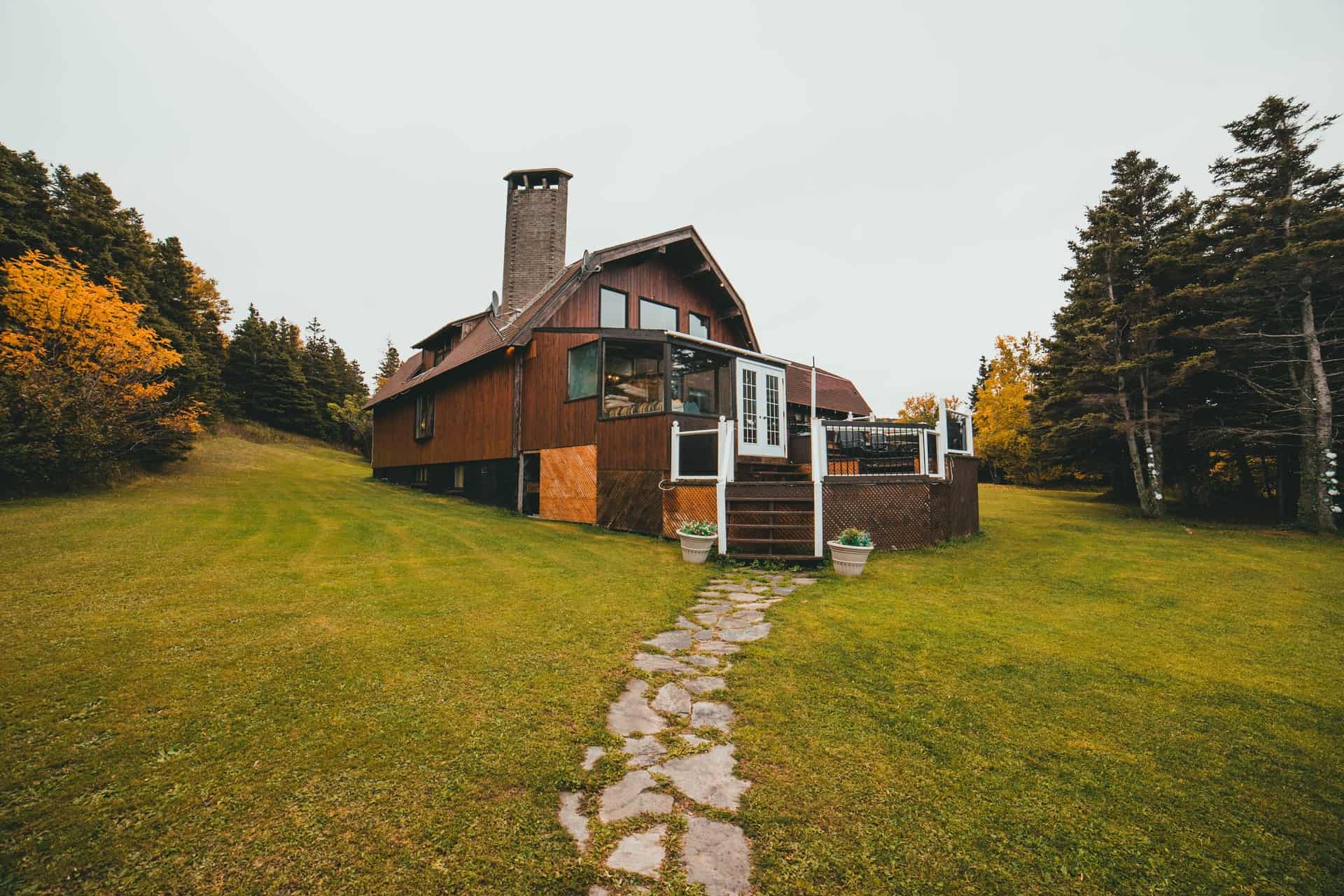Stainless Steel Liner Installations
A flue lining or a chimney liner, is a lining used on chimneys. This will help aid and function as a filter to get out the little particles that try to come in. The liner also protects the sides of your chimney from the high heat and corrosion that happens when the chimney is used. Chimney Liners are usually part of a Fire code in most states and cities.

Grand Designs Masonry, Chimney & Fireplace recommends Stainless Steel liners.
Most chimneys are lined with terra cotta clay flue tiles, each stacked one on top of the other from the foundation to the chimney top. While terra cotta liners can do a great job, over time, these tiles become weakened due to the acidic nature of the vented gasses, the extreme heat of fire, and the shifting and settling of the house and foundation. Clay tile liners can also weaken and deteriorate as a result of absorbing the moisture (from rain, snow, and ice) that makes its way into the chimney.
Weakened and deteriorating clay tile liners will shed or spall, crack, and split. And when this happens, not only will pieces of the liner fall down into the chimney and fireplace (sometimes causing flue blockages and smoke problems), but the gasses, hot ash, and smoke from the furnace, fireplace, or stove can seep into cracks and holes in the liner and make their way out of the flue itself.
If these escapees come into contact with the masonry of the chimney, they can cause damage to the brick and mortar joints. If they come into contact with nearby framing and walls, they can spark a house fire. And if they enter your air supply, they can cause respiratory health issues and carbon monoxide poisoning.
Restore The Safety Of Your Chimney With A Long-Lasting Stainless Steel Liner
Unfortunately, it’s not easy or cost-effective to replace a damaged portion of a clay tile liner, but thankfully, there’s a better option for full liner restoration, no matter how great the damage may be.
Stainless steel liners are stainless steel sleeves that replace the terra cotta clay flues and run all the way from the appliance or fireplace to the top of the chimney. By connecting to the fireplace, stove, or furnace, these liners ensure that all smoke and gasses produced by the fire remain contained and properly exit the chimney, instead of leaking through the cracks and holes in the damaged flue tiles.
But a damaged liner isn’t the only reason to reline.

• You’re installing a new appliance and your existing liner isn’t approved to vent the fuel it burns or isn’t the right size for the new appliance.
• Your chimney is older and was built without a liner.
When installed and inspected annually by a Chimney Safety Institute of America (CSIA)– certified chimney technician, these liner kits come with a lifetime, transferable manufacturer’s warranty, which means you get quality that lasts and lasts — guaranteed.
Grand Designs Masonry, Chimney & Fireplace
With more than 20 years of experience, we are the experts in the industry. If you’re looking for a chimney service business that’s high-quality, you’ve come to the right place.
or Call on
